Home>Furniture & Design>Interior Design Trends>How To Open Glass Ampoules
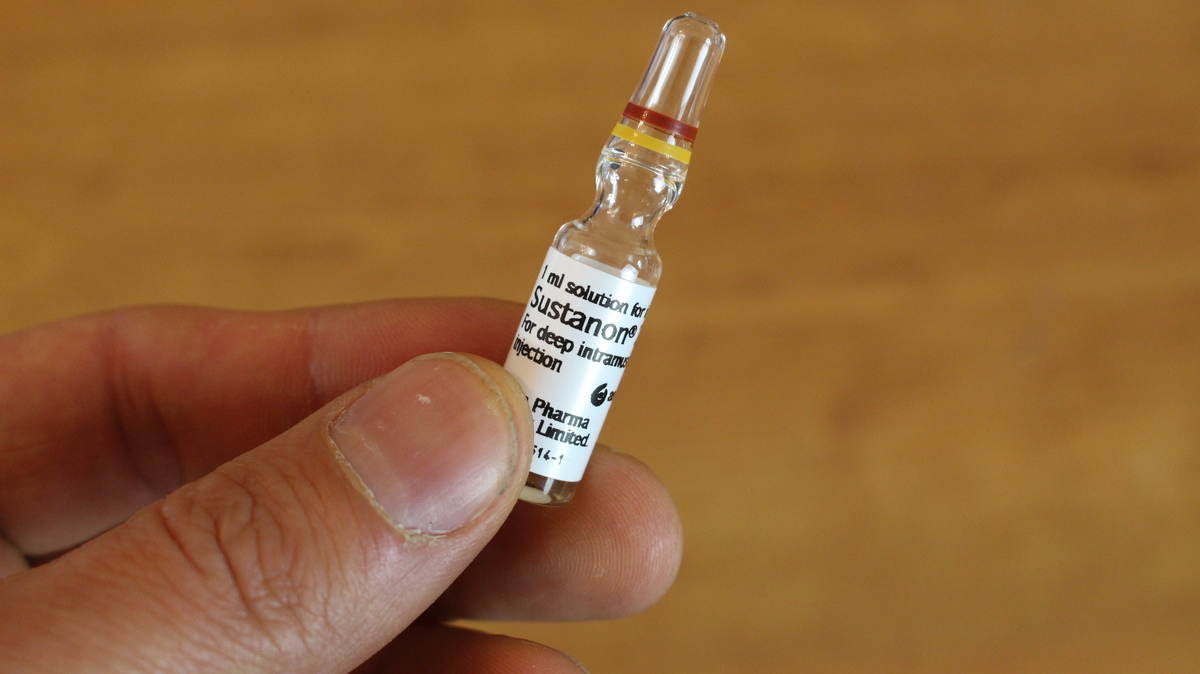

Interior Design Trends
How To Open Glass Ampoules
Modified: February 18, 2024
Learn how to safely open glass ampoules and discover the latest interior design trends. Find expert tips and inspiration for your home decor projects.
(Many of the links in this article redirect to a specific reviewed product. Your purchase of these products through affiliate links helps to generate commission for Storables.com, at no extra cost. Learn more)
Introduction
Opening glass ampoules is a delicate yet essential task in various fields, including medicine, cosmetics, and scientific research. Ampoules are hermetically sealed containers designed to preserve the purity and potency of their contents. While their robust construction ensures protection, it also presents a challenge when it comes to accessing the valuable substances within. Whether you are a healthcare professional, a laboratory technician, or a beauty enthusiast, mastering the art of opening glass ampoules is a valuable skill that requires precision, caution, and the right tools.
In this comprehensive guide, we will walk you through the step-by-step process of safely and effectively opening glass ampoules. From preparing the work area to extracting the contents without compromising their integrity, each stage is crucial for a successful outcome. By following these instructions and safety precautions, you will gain the confidence and expertise needed to handle glass ampoules with ease and finesse.
As we delve into the intricacies of this process, it's important to emphasize the significance of adhering to safety guidelines and best practices. Glass ampoules are fragile and can pose risks if mishandled. Therefore, taking the necessary precautions and using the recommended tools and techniques are paramount to safeguarding yourself and preserving the contents of the ampoule.
Now, let's embark on this enlightening journey to demystify the art of opening glass ampoules, empowering you with the knowledge and skills to navigate this task with proficiency and confidence.
Key Takeaways:
- Mastering the art of opening glass ampoules requires precision, caution, and adherence to safety measures to safeguard personal well-being and preserve the integrity of the valuable contents.
- By meticulously preparing the work area, inspecting and cleaning the ampoule, and executing a controlled fracture, individuals can safely extract and transfer the contents while prioritizing responsible disposal practices.
Read more: How To Open A Glass Bottle Without Opener
Safety Precautions
Opening glass ampoules requires strict adherence to safety precautions to minimize the risk of injury and ensure the integrity of the contents. Before embarking on this process, it is crucial to familiarize yourself with the following safety measures:
-
Protective Gear: Prioritize personal safety by wearing appropriate protective gear, including puncture-resistant gloves and safety goggles. These items serve as a barrier against potential splinters or shards that may result from the ampoule-breaking process.
-
Stable Work Surface: Choose a stable and flat work surface to perform the ampoule-opening procedure. Avoid clutter and ensure that the area is well-lit to facilitate clear visibility and precision.
-
Proper Handling: Exercise caution when handling glass ampoules, as they are inherently fragile. Avoid applying excessive force or sudden movements that could lead to breakage or injury. Always hold the ampoule away from your body and at a safe distance from others.
-
Inspect for Damage: Before proceeding, carefully inspect the glass ampoule for any signs of damage, such as cracks or chips. A compromised ampoule poses a higher risk during the opening process and may result in spillage or injury.
-
Disposal Protocol: Establish a clear protocol for the safe disposal of used glass ampoules. Utilize designated sharps containers or follow industry-specific guidelines for the proper disposal of glass and residual contents.
-
Emergency Response: Familiarize yourself with the appropriate emergency response procedures in case of accidental breakage or exposure to the contents of the ampoule. Have access to a first-aid kit and be prepared to seek medical attention if necessary.
By prioritizing safety and meticulously adhering to these precautions, you can mitigate potential risks associated with opening glass ampoules. These measures not only safeguard your well-being but also contribute to the preservation of the valuable contents contained within the ampoule.
Tools and Materials Needed
To embark on the process of opening glass ampoules with confidence and precision, it is essential to gather the necessary tools and materials. Each item serves a specific purpose in ensuring the safe and effective extraction of the ampoule's contents. Here's a comprehensive list of the essential tools and materials needed for this delicate task:
-
Puncture-Resistant Gloves: High-quality puncture-resistant gloves are indispensable for protecting your hands from potential injury caused by glass shards or accidental breakage of the ampoule. Opt for gloves specifically designed to withstand punctures while allowing dexterity for intricate tasks.
-
Safety Goggles: Prioritize eye protection by wearing safety goggles to shield your eyes from any glass fragments that may result from the ampoule-breaking process. Clear, impact-resistant goggles provide a crucial barrier against potential hazards.
-
Alcohol Swabs or Disinfectant Solution: Before handling the glass ampoule, it is essential to ensure a clean and sterile surface. Alcohol swabs or a suitable disinfectant solution can be used to wipe the exterior of the ampoule, minimizing the risk of contamination during the opening process.
-
Ampoule Opener or File: A specialized ampoule opener or file is designed to facilitate controlled scoring and breaking of the glass ampoule. This tool allows for precise application of pressure to create a clean fracture line, ensuring safe access to the contents without compromising their integrity.
-
Sterile Gauze or Cotton Pads: These materials are useful for handling the ampoule post-opening, particularly when extracting the contents. Sterile gauze or cotton pads can be employed to absorb any residual liquid and maintain a clean work area.
-
Sharps Container or Safe Disposal Receptacle: A designated sharps container or a safe disposal receptacle is essential for the proper disposal of used glass ampoules. This ensures compliance with disposal regulations and minimizes the risk of accidental injuries resulting from improper disposal.
-
Work Surface Protection: Lay down a protective barrier, such as a clean towel or disposable absorbent pad, to cushion the work surface and provide a secure area for performing the ampoule-opening procedure.
By assembling these tools and materials, you are equipping yourself with the essential elements needed to approach the task of opening glass ampoules with the utmost care, precision, and safety. Each item plays a critical role in safeguarding both the integrity of the ampoule's contents and your well-being throughout the process.
Step 1: Prepare the Work Area
Before embarking on the delicate task of opening a glass ampoule, it is crucial to meticulously prepare the work area to ensure a safe, organized, and controlled environment. By dedicating attention to this initial step, you can set the stage for a seamless and focused ampoule-opening process.
Begin by selecting a well-lit and spacious work surface that provides ample room for maneuvering and arranging the necessary tools and materials. Clear any clutter or obstructions to create an unobstructed workspace, minimizing the risk of accidental mishaps or disruptions during the procedure.
Lay down a clean and absorbent protective barrier, such as a disposable absorbent pad or a lint-free towel, to cushion the work surface. This protective layer serves as a safeguard against potential spills and provides a stable foundation for the subsequent steps.
Next, ensure that all required tools and materials are within easy reach, organized, and readily accessible. Arrange the puncture-resistant gloves, safety goggles, alcohol swabs or disinfectant solution, ampoule opener or file, sterile gauze or cotton pads, and the designated sharps container or safe disposal receptacle in a systematic manner.
Maintaining a clear and organized work area not only streamlines the ampoule-opening process but also contributes to a heightened sense of control and focus. By preemptively addressing potential distractions or obstacles, you can approach the task with confidence and precision, minimizing the likelihood of errors or oversights.
Additionally, consider the proximity of essential amenities, such as a first-aid kit and a sink with running water, to ensure immediate access in the event of an emergency. This proactive approach underscores the importance of prioritizing safety and preparedness throughout the ampoule-opening endeavor.
By diligently preparing the work area in accordance with these guidelines, you establish a conducive environment that fosters attentiveness, safety, and efficiency. This foundational step sets the tone for the subsequent stages of the ampoule-opening process, laying the groundwork for a successful and controlled execution.
Step 2: Inspect the Ampoule
Upon preparing the work area, the next critical step in the process of opening a glass ampoule is to meticulously inspect the ampoule itself. This careful examination serves as a pivotal prelude to the subsequent stages, ensuring that the ampoule is structurally sound and free from any imperfections that could compromise the integrity of its contents.
Begin by holding the glass ampoule against a well-lit background, allowing natural or artificial light to illuminate its surface. This step is essential for identifying any visible irregularities, such as hairline cracks, chips, or discolorations. A thorough visual inspection enables you to assess the overall condition of the ampoule and detect any potential weaknesses that may pose a risk during the opening process.
Run your fingertips gently along the exterior of the ampoule, paying close attention to any subtle variations in texture or temperature. This tactile assessment can reveal imperceptible flaws that may not be immediately apparent through visual inspection alone. By sensitively exploring the surface of the ampoule, you can discern irregularities that warrant further scrutiny or prompt the decision to discard a compromised ampoule.
In addition to the external examination, carefully observe the liquid or substance within the ampoule. Verify that the contents appear clear, free from particulate matter, and consistent with the expected color and viscosity. Any deviations from the anticipated characteristics should prompt a reassessment of the ampoule's suitability for opening, as anomalous contents may indicate contamination or degradation.
Furthermore, verify the presence of any printed labels or markings on the ampoule, ensuring that the information aligns with the intended contents and usage. Accurate labeling is crucial for identifying the ampoule's contents and adhering to prescribed protocols, particularly in clinical or research settings where precision and traceability are paramount.
By meticulously inspecting the ampoule through visual, tactile, and content-based assessments, you establish a comprehensive understanding of its condition and suitability for opening. This discerning scrutiny forms the cornerstone of a methodical and cautious approach, laying the groundwork for the subsequent steps in the ampoule-opening process.
To open a glass ampoule, use a small towel to cover the top, then gently snap it open with a quick, downward motion. Be careful to avoid any sharp edges.
Read more: How To Open Glass Ampule
Step 3: Clean the Ampoule
Cleaning the ampoule is a crucial preparatory step that ensures the integrity and sterility of the container before proceeding with the opening process. By meticulously cleaning the exterior surface of the ampoule, you minimize the risk of contamination and create an optimal environment for the subsequent stages of the procedure.
Begin by preparing a suitable cleaning solution, such as an alcohol swab or a disinfectant solution specifically formulated for sterilization. These solutions are effective in eliminating surface contaminants and pathogens, thereby enhancing the aseptic conditions necessary for handling the ampoule.
Carefully remove the ampoule from its packaging, taking care to avoid any accidental damage or breakage. Prioritize gentle handling to preserve the structural integrity of the ampoule throughout the cleaning process.
Dampen a sterile gauze or cotton pad with the chosen cleaning solution, ensuring that it is sufficiently moist without excess liquid that could drip onto the work surface. Gently wipe the entire exterior surface of the ampoule, rotating it to cover all sides and angles. This meticulous approach effectively removes any potential contaminants or impurities that may have accumulated during storage or handling.
Pay particular attention to the ampoule's neck and tip, as these areas are in direct contact with the ampoule opener or file during the subsequent step. Thoroughly cleaning these critical zones minimizes the risk of introducing foreign particles or microorganisms into the contents upon opening the ampoule.
After cleaning the ampoule, allow a brief period for the sterilization solution to evaporate, ensuring that the exterior surface is dry before proceeding to the next step. This drying period contributes to the maintenance of aseptic conditions and prevents any residual moisture from interfering with the subsequent stages of the ampoule-opening process.
By diligently cleaning the ampoule with a suitable sterilization solution, you establish a pristine and sanitized surface, setting the stage for the safe and controlled opening of the glass container. This meticulous attention to cleanliness underscores the commitment to upholding stringent hygiene standards and safeguarding the purity of the ampoule's contents.
Step 4: Break the Ampoule
Breaking the ampoule is a pivotal stage in the process of accessing its valuable contents. This step demands precision, control, and a methodical approach to ensure the safe and efficient fracture of the glass container. By employing the appropriate technique and tools, you can navigate this critical phase with confidence and finesse.
-
Selecting the Ampoule Opener: Begin by choosing a specialized ampoule opener or file designed for creating a controlled fracture in glass ampoules. These tools are crafted to facilitate a precise scoring of the ampoule's neck, enabling a clean break without compromising the integrity of the contents. Ensure that the opener is compatible with the size and thickness of the ampoule, as a well-suited tool is essential for achieving a successful fracture.
-
Securing the Ampoule: Hold the cleaned and inspected ampoule firmly in one hand, ensuring a stable grip that allows for controlled manipulation. Position the neck of the ampoule in readiness for scoring, orienting it away from your body and any surrounding individuals to minimize the risk of injury in the event of breakage.
-
Scoring the Ampoule: With the ampoule securely held, carefully apply the ampoule opener or file to the predetermined scoring point on the neck of the glass container. Employ gentle and consistent pressure to create a small, controlled indentation in the glass surface. This initial scoring serves as the focal point for the subsequent fracture, dictating the trajectory of the break.
-
Executing the Break: Once the ampoule is adequately scored, swiftly and assertively snap the ampoule away from your body, leveraging the scored line to guide the fracture. The controlled force applied at this stage should result in a clean break along the scored line, separating the top portion of the ampoule from the body. Exercise caution to prevent any shards or splinters from dispersing, maintaining a secure grip on the ampoule throughout the process.
-
Discarding the Ampoule Top: Upon successfully breaking the ampoule, carefully set aside the top portion for safe disposal in the designated sharps container or receptacle. Ensure that the discarded segment is handled with care to prevent accidental injuries from any residual sharp edges.
By meticulously following these steps and exercising precision and caution, you can effectively break the glass ampoule, gaining access to its valuable contents without compromising their purity or potency. This methodical approach underscores the significance of controlled manipulation and adherence to safety protocols, culminating in a successful fracture that sets the stage for the subsequent extraction of the ampoule's contents.
Step 5: Extract the Contents
With the glass ampoule successfully opened, the next critical step is to extract its valuable contents with precision and care. This stage demands meticulous attention to detail and a methodical approach to ensure the preservation of the contents' integrity and potency. By following the recommended guidelines and employing the appropriate techniques, you can navigate this pivotal phase with confidence and finesse.
-
Positioning the Ampoule: Hold the opened ampoule securely, ensuring a stable grip that allows for controlled manipulation. Position the body of the ampoule in a horizontal orientation, allowing the contents to pool at the lower end for easy extraction. This strategic positioning facilitates the efficient retrieval of the contents without unnecessary wastage or spillage.
-
Utilizing Sterile Equipment: Prioritize the use of sterile syringes, pipettes, or other designated extraction tools to minimize the risk of contamination. Sterilize the chosen extraction instrument according to established protocols, ensuring that it is free from any residual impurities or microorganisms that could compromise the purity of the contents.
-
Extracting the Contents: Carefully introduce the extraction tool into the opened ampoule, ensuring that it reaches the deepest point to retrieve the entirety of the contents. Employ a steady and controlled approach to draw the liquid or substance into the syringe or pipette, taking care to avoid introducing air bubbles or causing unnecessary agitation that could affect the composition of the contents.
-
Transferring the Contents: Upon extraction, transfer the contents to the designated receptacle or vessel intended for further processing or administration. Exercise caution to prevent any spillage or cross-contamination, maintaining a steady hand and a deliberate approach throughout the transfer process.
-
Sealing and Labeling: If the extracted contents are intended for storage or subsequent use, ensure that the receiving vessel is securely sealed and appropriately labeled. Accurate labeling is essential for traceability and identification, providing crucial information regarding the contents' origin, expiration date, and any pertinent handling instructions.
By meticulously adhering to these extraction guidelines and exercising precision and care, you can successfully retrieve the valuable contents of the glass ampoule, preserving their purity and potency. This methodical approach underscores the commitment to upholding stringent standards of handling and safeguarding the integrity of the ampoule's contents.
Step 6: Dispose of the Ampoule
Proper disposal of the glass ampoule is a critical aspect of the overall process, ensuring the safe containment and management of the used container and any residual contents. By adhering to established disposal protocols and best practices, you contribute to environmental safety and minimize potential hazards associated with the handling of glass and sharp materials.
Begin by carefully securing the discarded segments of the ampoule, including the top portion and any remaining fragments, in a puncture-resistant sharps container or a designated receptacle designed for the safe disposal of glass and sharp objects. This containment measure prevents accidental injuries resulting from contact with the sharp edges of the discarded ampoule components, safeguarding both individuals and waste management personnel.
Ensure that the sharps container is sealed securely to prevent any potential spillage or release of the contained materials. This step is crucial for maintaining a controlled and contained environment, minimizing the risk of exposure to residual contents or sharp edges during handling and transportation.
Adhere to industry-specific guidelines and regulations governing the disposal of used glass ampoules, taking into account any applicable waste management protocols and environmental regulations. Familiarize yourself with the recommended disposal methods and facilities available in your locality, ensuring compliance with legal requirements and environmental stewardship.
If the ampoule previously contained hazardous or bioactive substances, consult with relevant authorities or waste management professionals to determine the appropriate disposal procedures. Certain substances may necessitate specialized disposal measures to mitigate potential environmental impact and ensure compliance with regulatory standards.
By conscientiously following these disposal guidelines and prioritizing responsible waste management practices, you contribute to the safe and environmentally conscious handling of used glass ampoules. This proactive approach aligns with the overarching commitment to safety, sustainability, and regulatory compliance, reflecting a conscientious and ethical approach to waste disposal within professional and personal contexts.
Read more: How To Open Glass Vials
Conclusion
In conclusion, mastering the art of opening glass ampoules is a valuable skill that demands precision, caution, and adherence to safety protocols. Throughout this comprehensive guide, we have explored the step-by-step process of safely and effectively opening glass ampoules, emphasizing the significance of meticulous preparation, controlled manipulation, and responsible waste management.
By prioritizing safety precautions, including the use of protective gear, stable work surfaces, and proper handling techniques, individuals can mitigate potential risks associated with handling glass ampoules. The emphasis on safety underscores the commitment to safeguarding personal well-being and preserving the integrity of the ampoule's contents.
The meticulous inspection of the ampoule, coupled with the thorough cleaning process, sets the stage for a controlled and aseptic opening procedure. By carefully examining the ampoule for any imperfections and ensuring its cleanliness, individuals can minimize the risk of contamination and maintain the purity of the contents.
The controlled fracture of the glass ampoule, facilitated by specialized ampoule openers or files, represents a pivotal stage in the process. By executing the break with precision and caution, individuals can access the valuable contents without compromising their integrity, setting the foundation for the subsequent extraction and transfer process.
Extracting the contents of the ampoule demands meticulous attention to detail and the utilization of sterile equipment to ensure the preservation of purity and potency. By following recommended extraction techniques, individuals can retrieve the contents with precision, minimizing the risk of contamination or wastage.
Finally, the responsible disposal of used glass ampoules underscores the commitment to environmental safety and regulatory compliance. By adhering to established disposal protocols and waste management guidelines, individuals contribute to sustainable and conscientious waste handling practices.
In essence, the process of opening glass ampoules encompasses a multifaceted approach that integrates precision, safety, and environmental stewardship. By mastering this delicate task, individuals across various fields, including healthcare, research, and cosmetics, can navigate the handling of glass ampoules with confidence, proficiency, and a steadfast commitment to safety and integrity.
Frequently Asked Questions about How To Open Glass Ampoules
Was this page helpful?
At Storables.com, we guarantee accurate and reliable information. Our content, validated by Expert Board Contributors, is crafted following stringent Editorial Policies. We're committed to providing you with well-researched, expert-backed insights for all your informational needs.
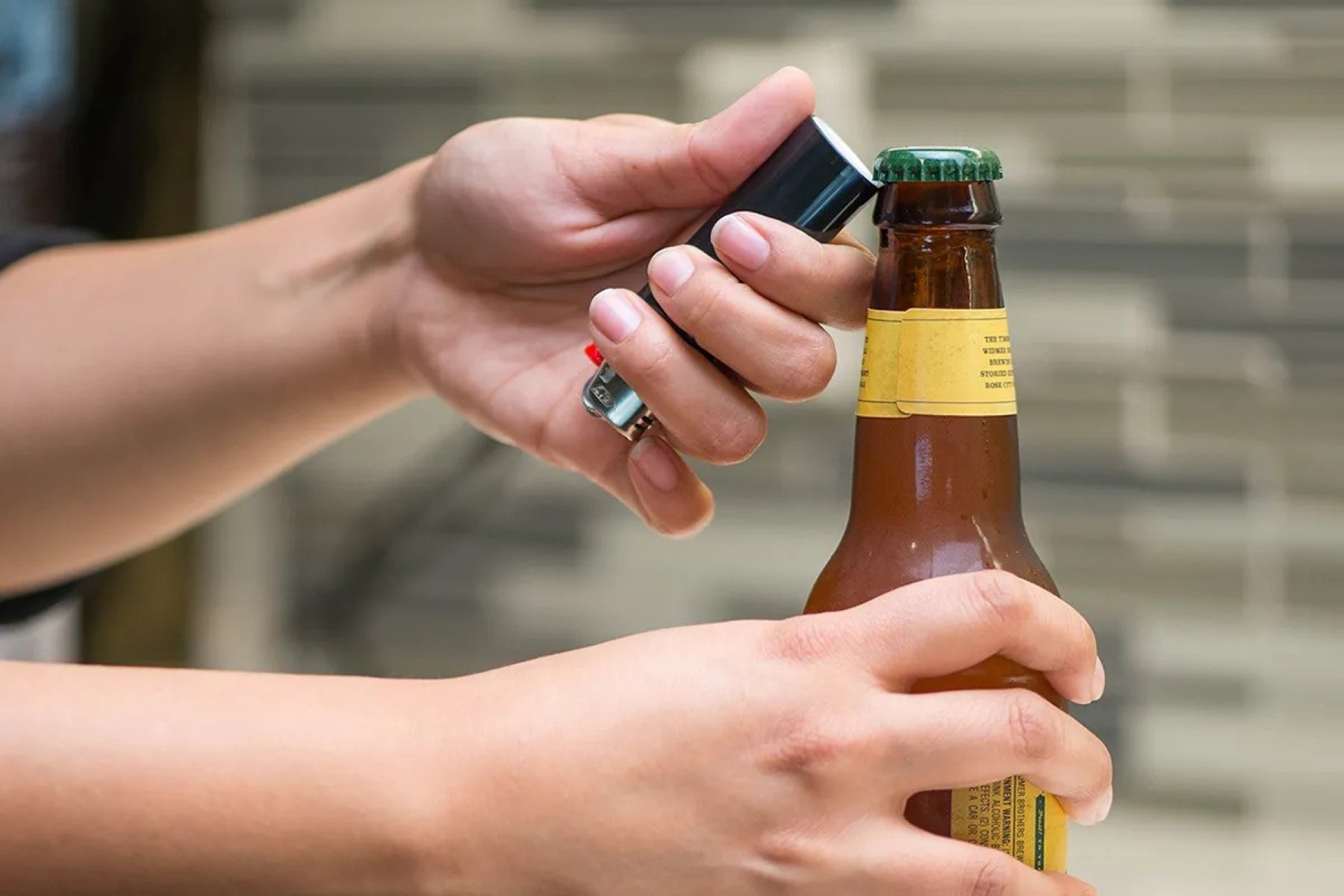


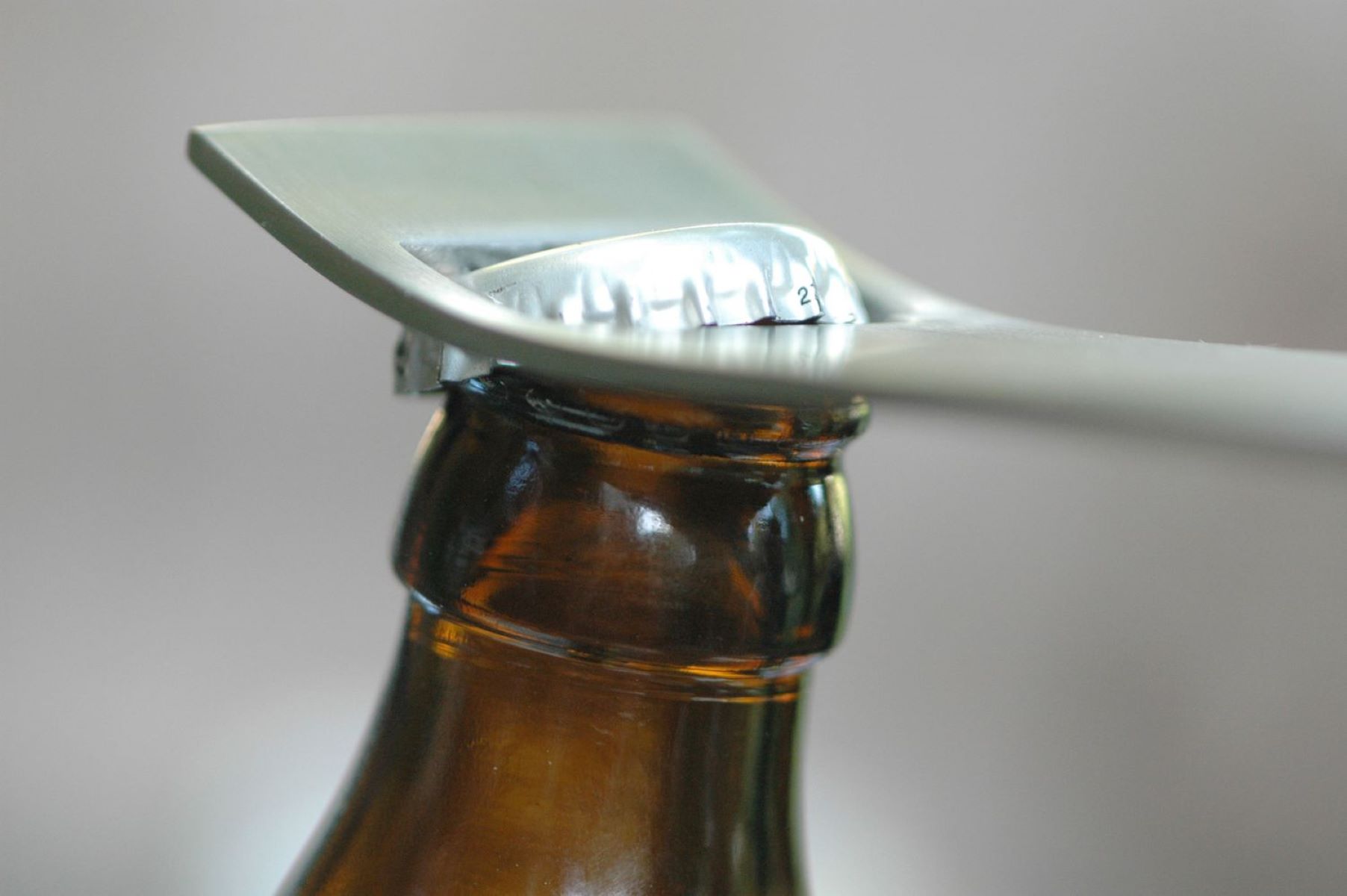
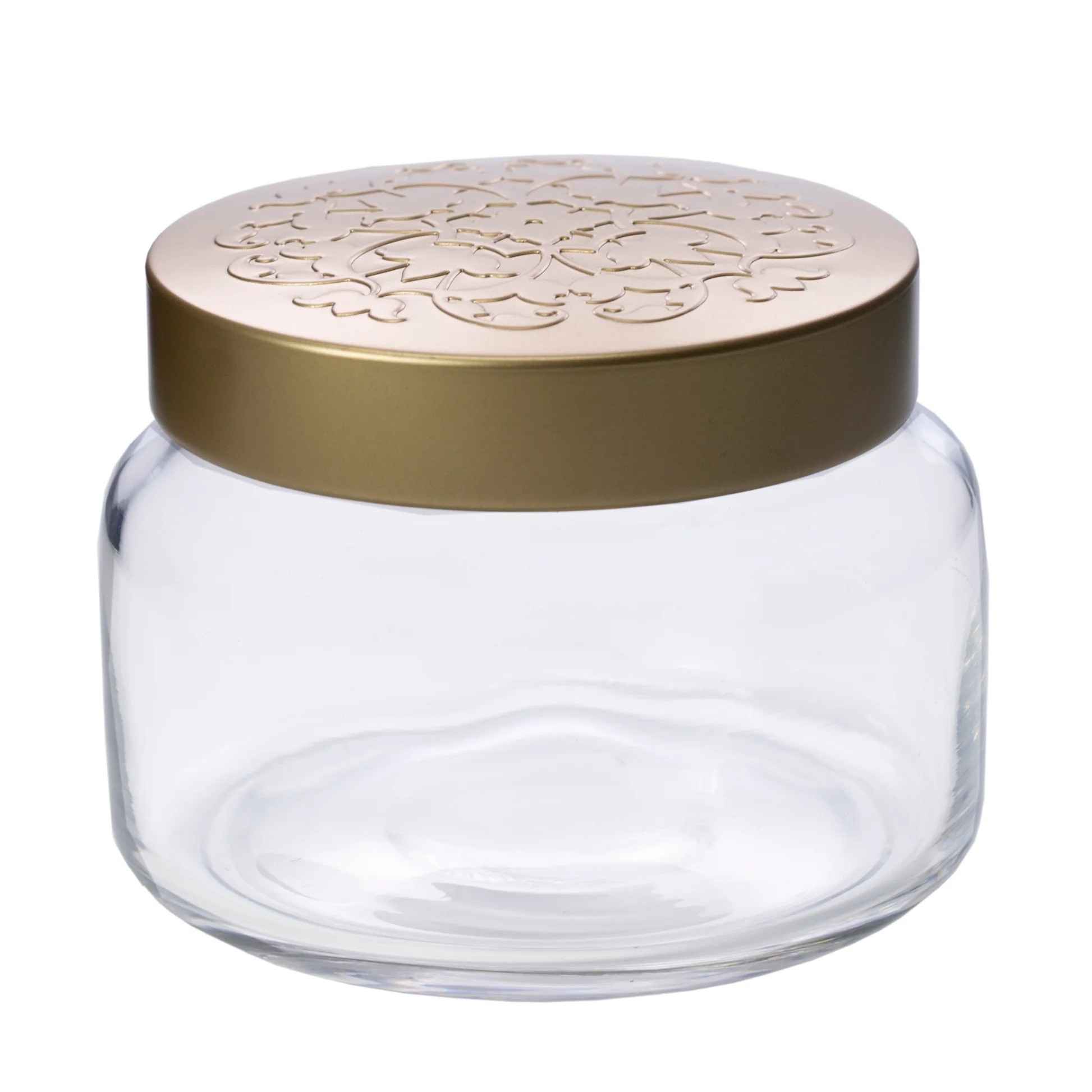

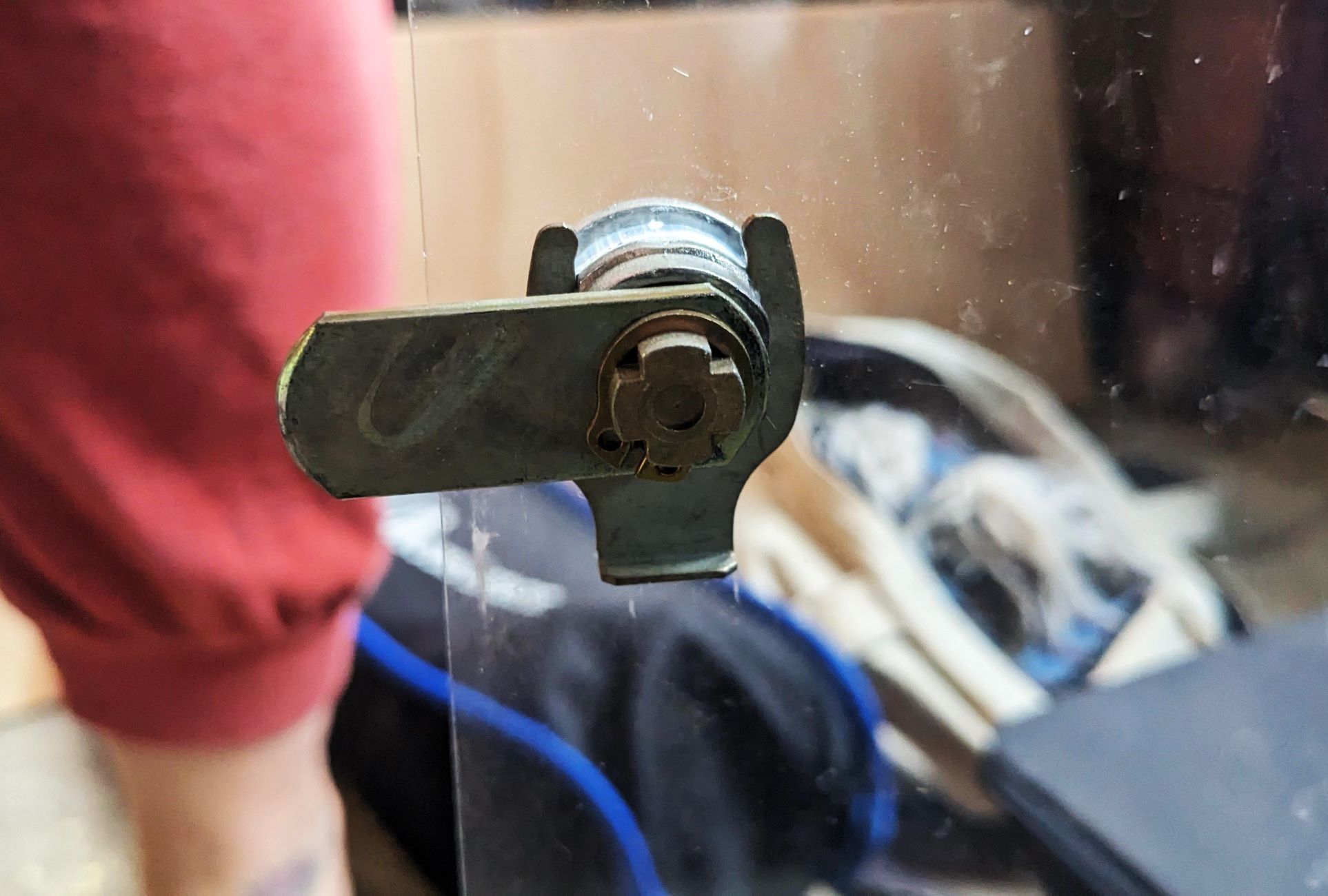
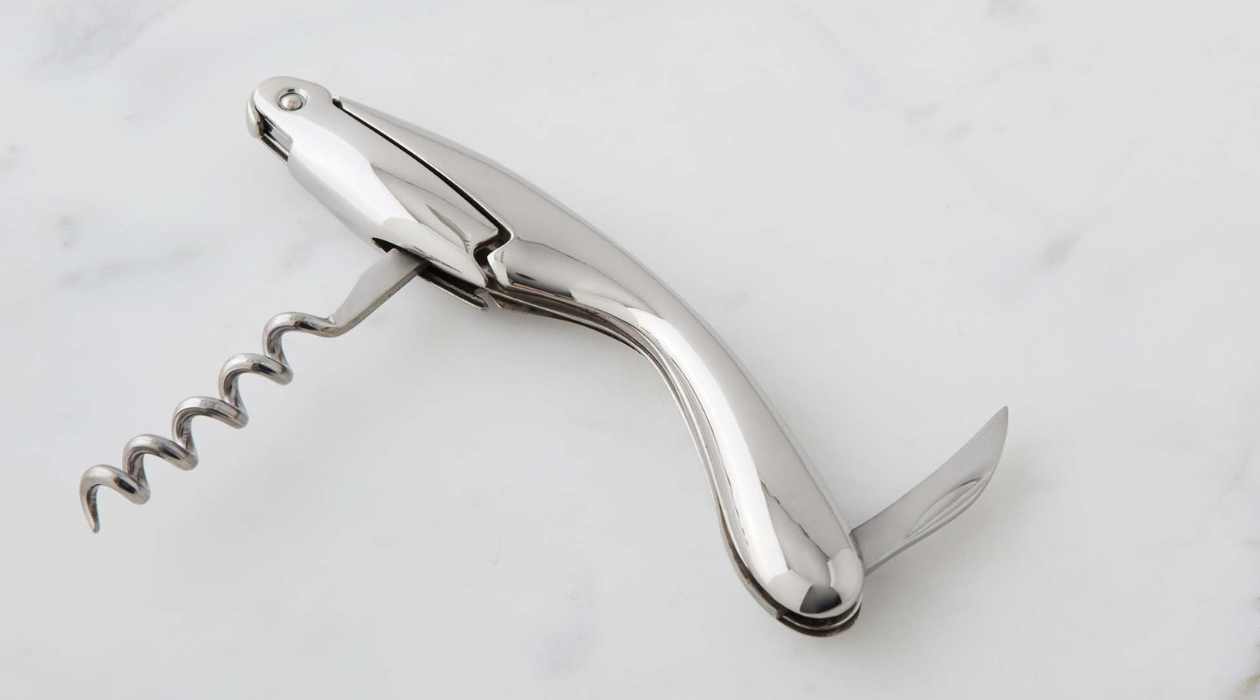

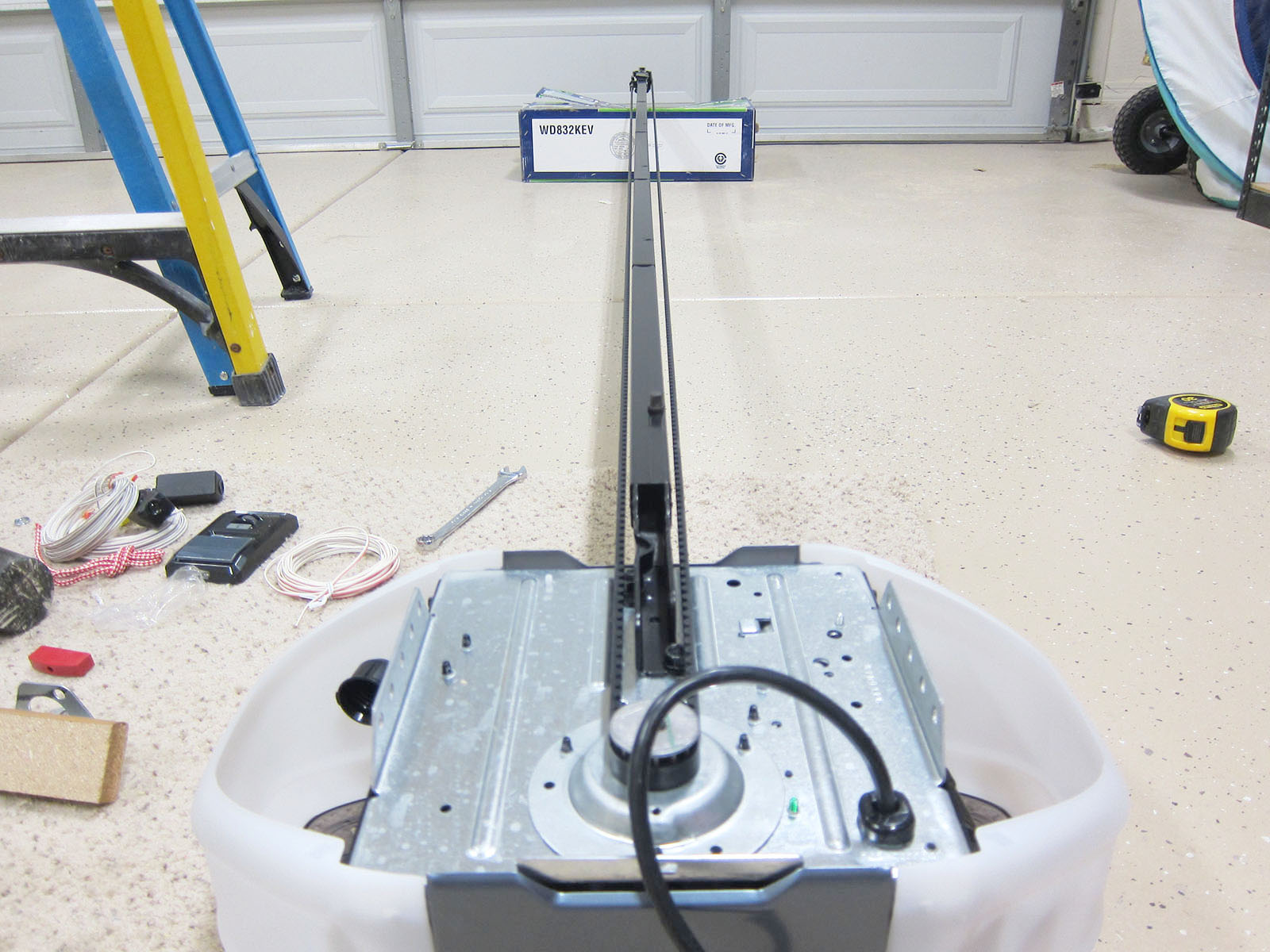


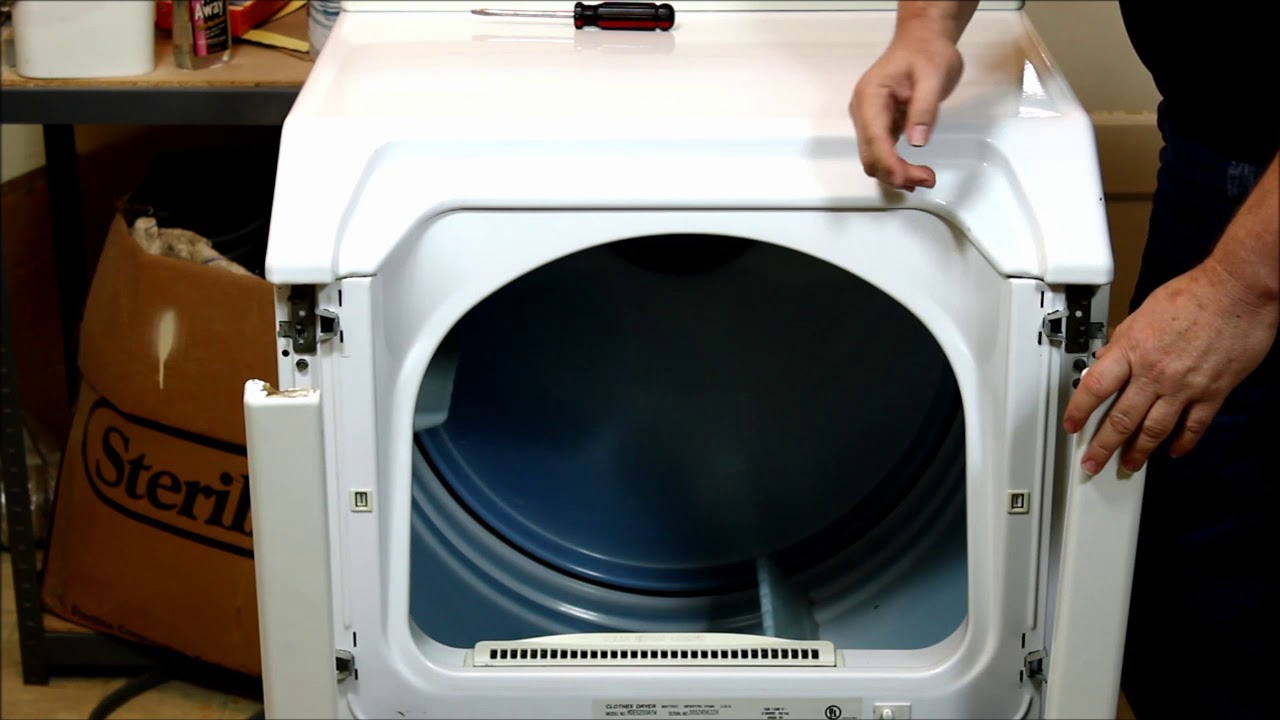

0 thoughts on “How To Open Glass Ampoules”